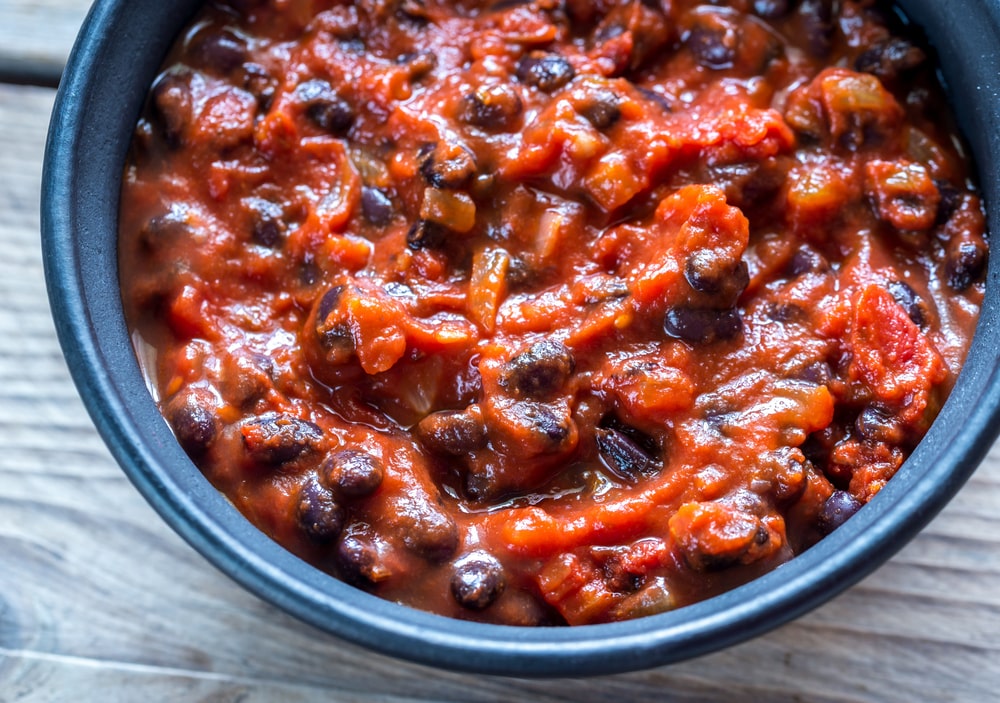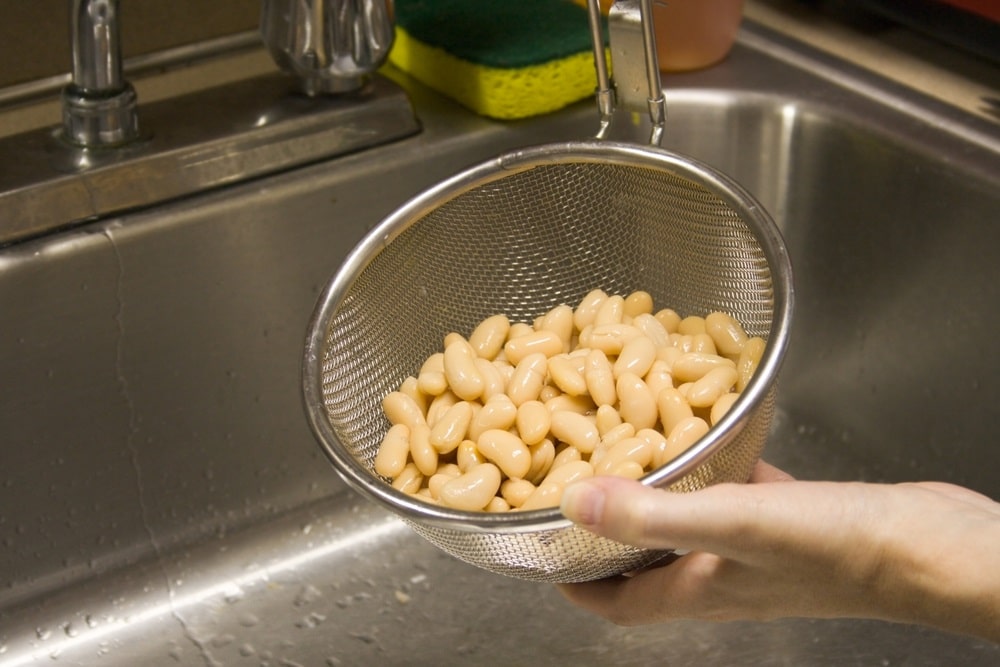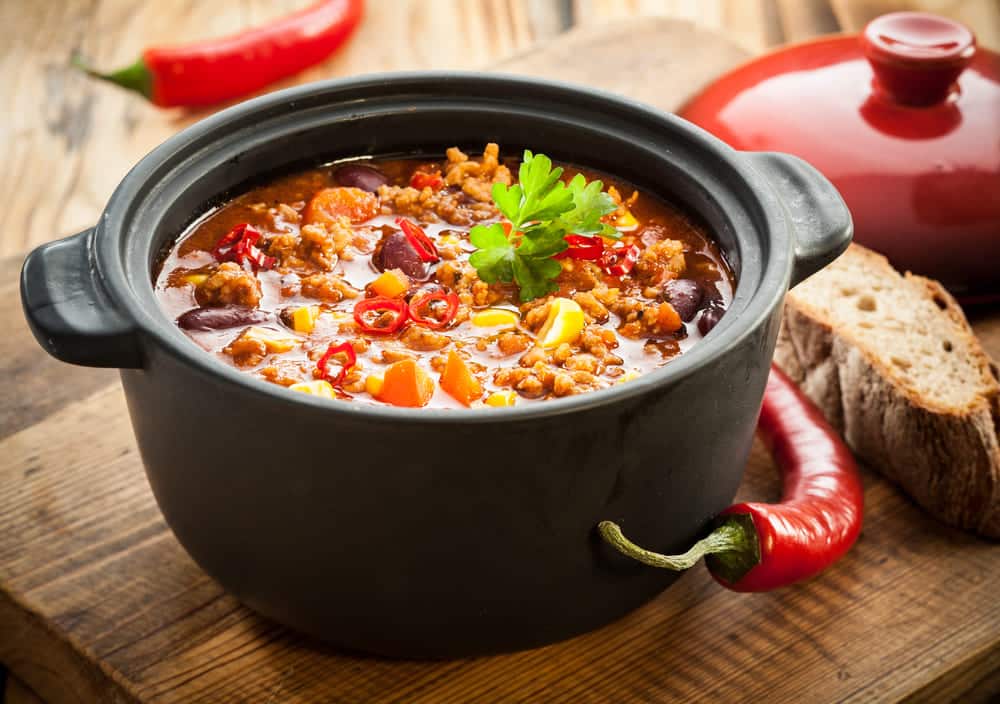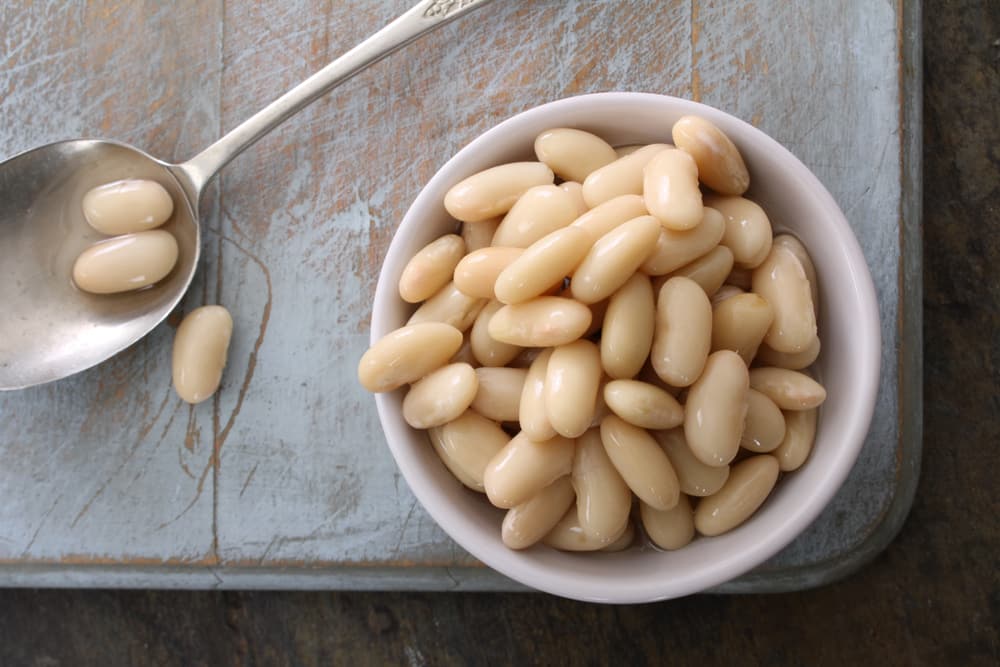
Chili is a great one-pot go-to holiday meal. It’s nutritious, filling, and easy to make. Adding beans to the ground beef makes it economical too.
Many people opt to use canned beans for their convenience but it can be difficult to know whether you should drain them or add juice and all. Many recipes do not specify this.
If you’re confused, we’ve got your back. Read on for information about whether or not you should drain beans before adding them to a chili and why.
Canned Beans – The Ultimate Convenience
While cooking dried beans from scratch is the more correct way, who has time for that nowadays?
From soaking the beans overnight to boiling them in copious amounts of water for several hours, cooking beans can end up taking a couple of days and use a fair amount of electricity.
Canned beans are a miracle our grandmothers would have been grateful for. They’re cheap, easy, and very convenient.
We know that the cooking liquid from home-cooked beans is delicious and useable but what about the liquid from canned beans? Should it be added to the dish or poured down the drain?
What Liquid Are Beans Canned In?
Before deciding whether to toss the liquid out of the can of beans, let’s first look at what beans are canned in.
- Most beans are canned in a mixture of water and salt.
The starch from the beans themselves gets into the liquid as well. The taste and consistency of this brine vary between brands. Before deciding whether or not to add it to your chili, taste it.
Is it thin, watery, and tasteless, or is it gritty and a bit sandy? Does it have an unpleasant metallic flavor or does it taste like beans? If it tastes okay, go ahead and use it in the chili.
Remember though that the salt is added to the can to act as a preservative, meaning that the canning liquid is usually extremely salty. You can use it but you must not add any other salt or seasoning to the chili before carefully tasting it.
- Other types of beans are canned in tomato sauce.
This sauce will usually contain things like tomatoes, sugar, salt, garlic powder, spices, dried onions, and vinegar. While this can all add extra flavor to your chili, it is probably best to use brine-canned beans for chili to give an authentic flavor.
Do You Drain Beans for Chili?
In short, there is no hard and fast rule when using canned beans in a chili because it all comes down to personal preferences.
This is because some people like to drain the water to reduce the starch and salt content, while others prefer to add the canning liquid as it adds flavor and saltiness plus a little extra thickened liquid for the sauce.
According to some studies, draining the beans before use will reduce their salt content by 36%, which is quite substantial. In addition, if you drain and rinse the beans under fresh running water as well before adding them to your chili, it will remove at least 41% of the salt.
If you are following a sodium-restricted diet, it is therefore better to drain the beans, and it’s suggested that you rinse them as well before adding them to the chili. (Simply use a sieve over the sink for draining and rinsing.)
On the other hand, if you don’t need to worry about your sodium intake, you can simply add the beans to the pot without draining the canning juices.
However, if you choose not to drain the beans, you have to watch the seasoning, bouillon cube, and salt content in the chili because canned beans contain plenty of sodium already. Rather taste the finished dish before adding additional seasoning if necessary.
It is possible to buy canned beans with reduced sodium content. These are usually more expensive but are great for people who need to watch their salt intake.
Good Reasons to Add the Canning Liquid to Your Chili
- The canning liquid contains some of the mushed-up beans and the bean flavor which adds another flavor component to the chili. It’s less wasteful to use it up than rinse it down the drain.
- The liquid in the can contains a good deal of flavor. Added to that, its smooth, glossy, slightly thickened consistency provides a lovely sauce for the chili. In essence, it is a flavorful, pre-thickened broth that can substitute for some of the water required by the recipe.
How to Drain and Rinse the Canned Beans
If you have decided that draining and rinsing the canned beans is the right decision for your chili recipe, you need to follow the correct steps to ensure no flavors or salt are imparted to the recipe.
- First, open the cans of beans.
- Next, pour the contents of the cans into a sieve or colander in the sink.
- Rinse the beans by running the beans under the cold tap for at least thirty seconds. Don’t stir or press the beans as this will cause them to become mushy.
- If you don’t have a strainer, simply open the cans and tilt them slightly over the sink to let the water out. Be careful of the cans’ sharp edges. You can hold a tablespoon’s edge against the can to ensure the beans don’t drop into the sink. As far as rinsing is concerned, you can simply fill the can with water, let it rest for a few minutes, then drain it.
Are There Any Health Concerns?
Many people think there are health issues involved with the liquid of canned beans. This is only an issue if you have been told to limit your sodium intake. As we’ve said above, draining the liquid reduces the sodium content quite substantially.
Additional Tips When Using Canned Beans for Chili
- If you aren’t draining the beans, make sure that you revise the ingredients, especially the seasonings and salt because the canned liquid already has these contents.
- Don’t store the leftover beans in the can because they will pick up the metallic taste, which will impact the dish’s flavor when you use them the next time.
To summarize, draining or not draining beans is a completely personal choice, and you can decide according to your taste preferences and health concerns!



